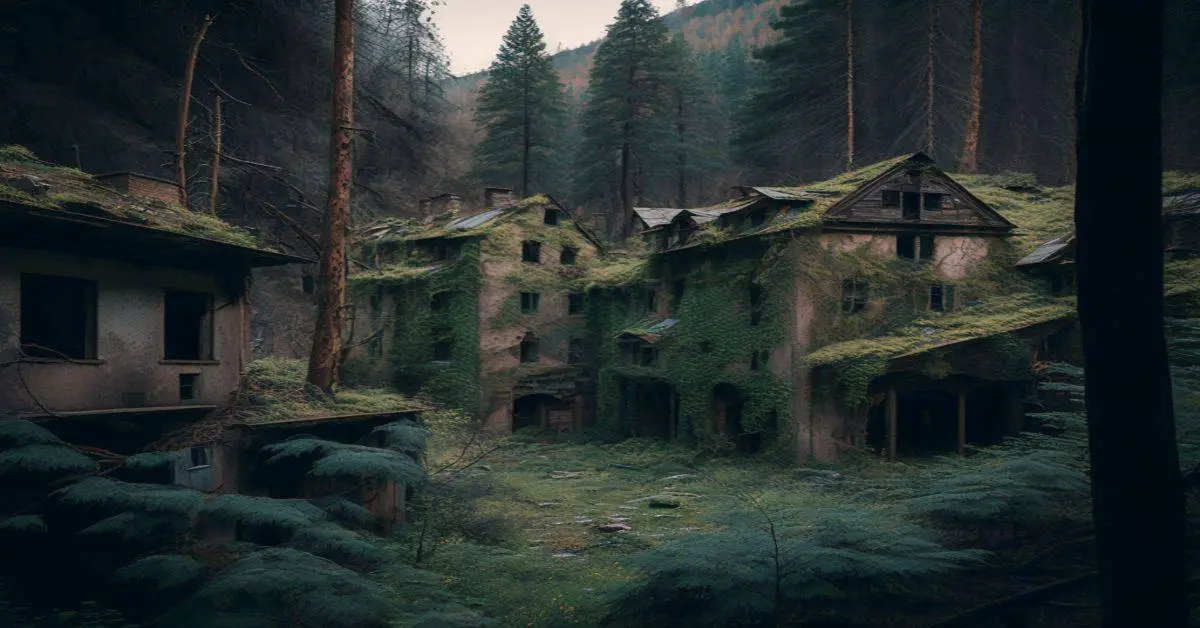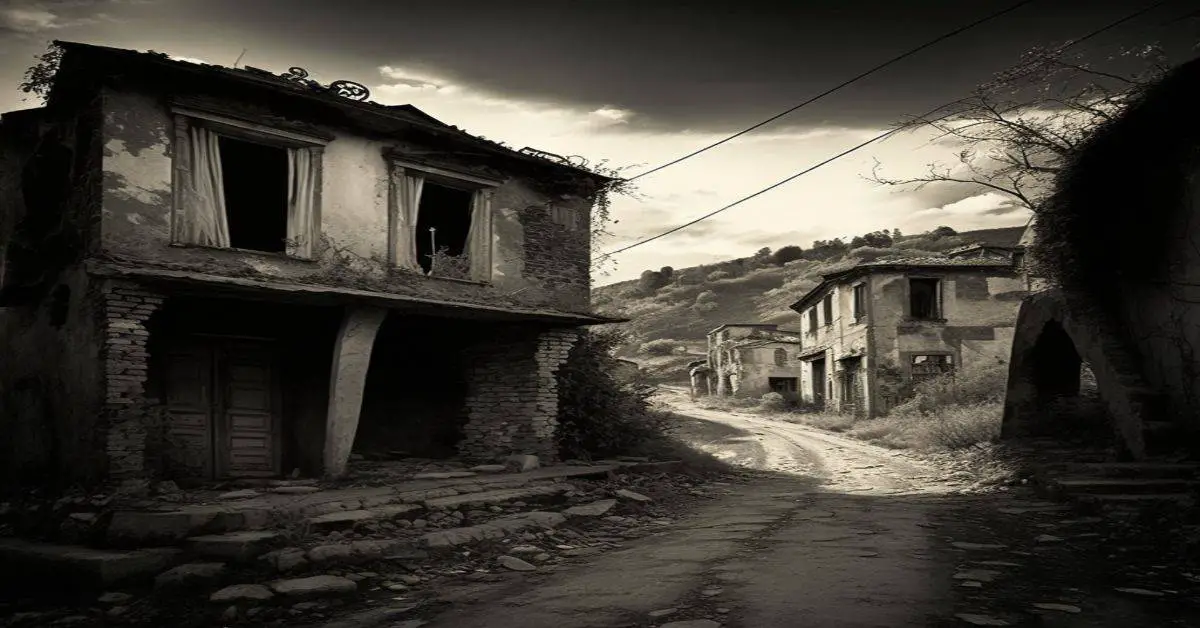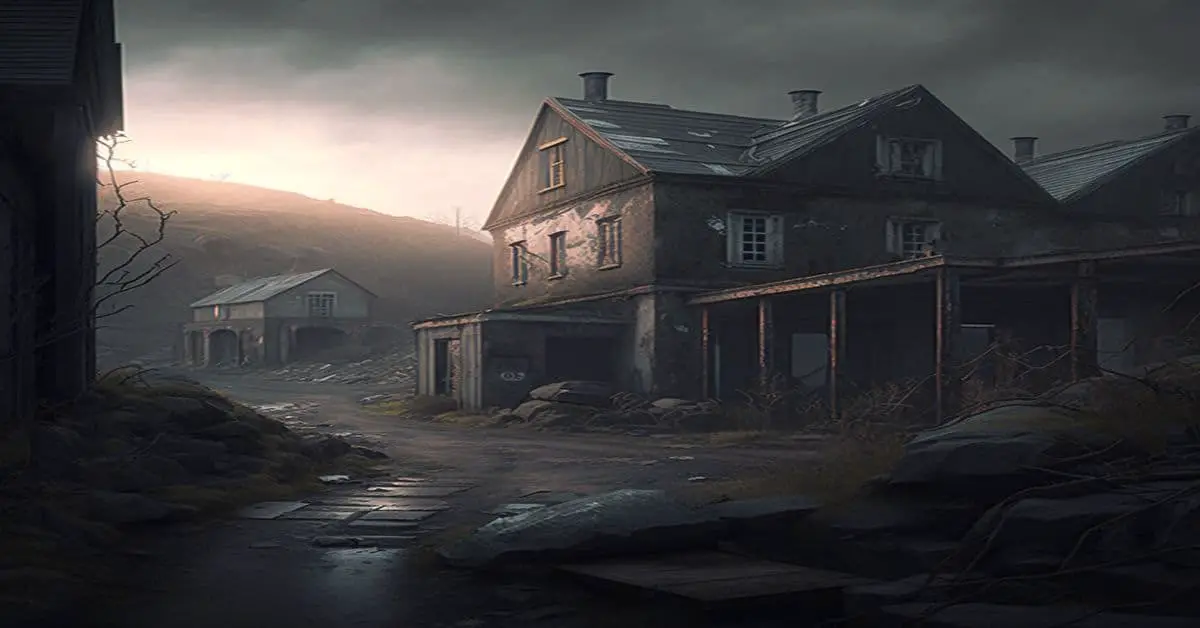Ghost towns are fascinating and mysterious places, often holding remnants of past lives and stories untold. But why do these abandoned settlements exist, and what causes a once-thriving community to become deserted and forgotten? Throughout history, ghost towns have emerged for various reasons, from economic collapse and natural disasters to political upheaval and technological advancements.
In this comprehensive guide, we will explore the many factors that have led to the creation of ghost towns, delving into their intriguing histories and the haunting tales that surround them.
Economic Collapse
One of the primary reasons why ghost towns exist is due to economic collapse. When the main industry that supports a town fails or becomes obsolete, the community often suffers, leading to population decline and eventual abandonment.
Mining and Resource Depletion
Many ghost towns were once booming mining communities or centers for natural resource extraction. During times of prosperity, these towns would attract a large population of workers and their families, creating a thriving community centered around the mining industry.
However, once the resources were depleted, the mines would close down, and the town’s economy would collapse. As jobs disappeared and the prospect of finding new work dwindled, residents would be forced to leave in search of better opportunities elsewhere.
Examples of such ghost towns include Bannack, Montana, and Rhyolite, Nevada, both of which were once bustling mining towns during the gold rush era. These settlements were abandoned when their mines ran dry, leaving behind a haunting reminder of their prosperous past.
Shifts in Economic Activity and Transportation
Economic activity can shift due to various factors, such as new transportation routes or advancements in technology. When this happens, towns that once served as essential hubs for trade and commerce can become obsolete, leading to a decline in population and eventual abandonment.
Ghost towns such as Oatman, Arizona, and Cassilis, Queensland, were once thriving communities that suffered when their main economic lifeline was severed. In Oatman’s case, the construction of new highways bypassed the town, causing a significant drop in visitors and business.
Cassilis, on the other hand, experienced a decline when the railway reached the nearby town of Winton, rendering its role as a regional center for the livestock industry obsolete.
Natural and Human-Caused Disasters
Natural and human-caused disasters can lead to the creation of ghost towns. A disaster can cause widespread destruction and make an area uninhabitable, forcing residents to flee and never return.
Floods, Droughts, and Climate Change
Extreme weather events and changing climate conditions can devastate communities, rendering once-thriving towns uninhabitable. Floods and droughts, in particular, can cause significant damage to infrastructure and agriculture, leading to the decline and eventual abandonment of a town.
For example, Pattonsburg, Missouri, was abandoned after multiple floods, while Craco, Italy, was evacuated due to a landslide caused by prolonged drought. In both cases, the residents were forced to leave their homes and relocate to safer areas, leaving behind ghost towns as a testament to the power of nature.
Government Actions and Exclusion Zones
Sometimes, government actions can lead to the creation of ghost towns. This can occur when land is expropriated for various reasons, such as the construction of dams or the establishment of military facilities. In these cases, residents are often forced to relocate, leaving their former homes abandoned.
One notable example is the town of Tyneham in Dorset, England, requisitioned by the British government during World War II to build an artillery range. The residents were evacuated, and the town has remained deserted ever since, serving as a poignant reminder of the sacrifices made during wartime.
Another example is the town of Pripyat, Ukraine, which was abandoned following the Chernobyl nuclear disaster in 1986. Due to the high radiation levels, the town remains uninhabited, with its buildings and infrastructure slowly being reclaimed by nature.
Decline in Population
Ghost towns are sometimes created when a community experiences a significant population decline. This can occur for various reasons, such as high levels of unemployment, lack of access to essential services, and shifting populations towards larger urban centers.
Urbanization and Migration
Urbanization, or the migration of rural populations to urban areas, has led to the decline and abandonment of many small towns and villages. As people move to cities in search of better job opportunities, education, and services, rural communities can struggle to maintain their populations, leading to a downward spiral of decline and eventual abandonment.
In China, for example, the phenomenon of “ghost cities” has emerged due to rapid urbanization and overdevelopment in the real estate sector. These vacant neighborhoods and entire cities were built in anticipation of a growing urban population but remain mostly unoccupied, serving as a stark reminder of the challenges associated with rapid urbanization and economic growth.
Demographic Changes and Aging Populations
Demographic changes, such as an aging population or a decline in birth rates, can also contribute to the creation of ghost towns. As the population of a community grows older and younger generations move away, the town’s vitality and economic viability can be severely impacted.
In Japan, for example, many rural towns and villages are struggling with a rapidly aging population and a declining birth rate, leading to a decrease in the number of residents and the eventual abandonment of some communities. The phenomenon has become so prevalent that the Japanese government has even coined a term for these ghost towns: “shrinkage.”
Ghost Town Tourism and Revival
While many ghost towns remain abandoned and forgotten, some have found a new lease on life through tourism and revitalization efforts. These towns have capitalized on their unique history and atmospheric charm, attracting visitors from around the world eager to explore these haunting relics of the past.
Examples of ghost towns that have successfully transformed into tourist destinations include Bodie, California, and Kolmanskop, Namibia. These towns have preserved their period-specific architecture and infrastructure, offering visitors a glimpse into the lives of those who once called these places home.
In some cases, ghost towns have even experienced a resurgence in population, with new residents moving in to take advantage of these abandoned settlements’ unique atmosphere and opportunities. For instance, the former mining town of Walhalla, Victoria, in Australia, has recently increased its population due to its proximity to popular tourist attractions and rich history.
Conclusion
Ghost towns exist for a multitude of reasons, ranging from economic collapse and natural disasters to population decline and government actions. These abandoned settlements serve as a haunting reminder of the ever-changing nature of human society and the powerful forces that can shape and reshape our communities over time.
As we continue to explore and understand the reasons behind the existence of ghost towns, we can learn valuable lessons about the resilience of human civilization and the importance of preserving and revitalizing these unique and fascinating places.



